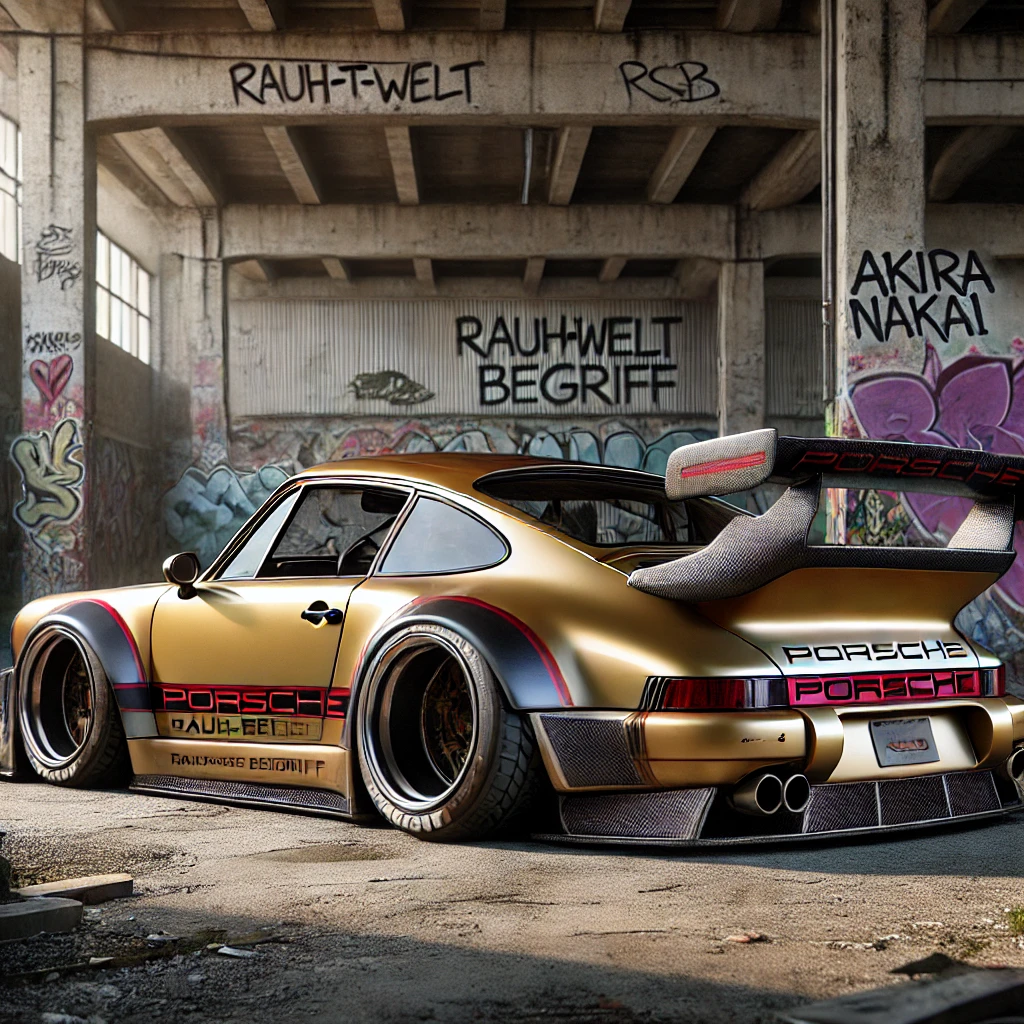The Art of Disruption: Akira Nakai’s Radical Approach to Porsche Customization
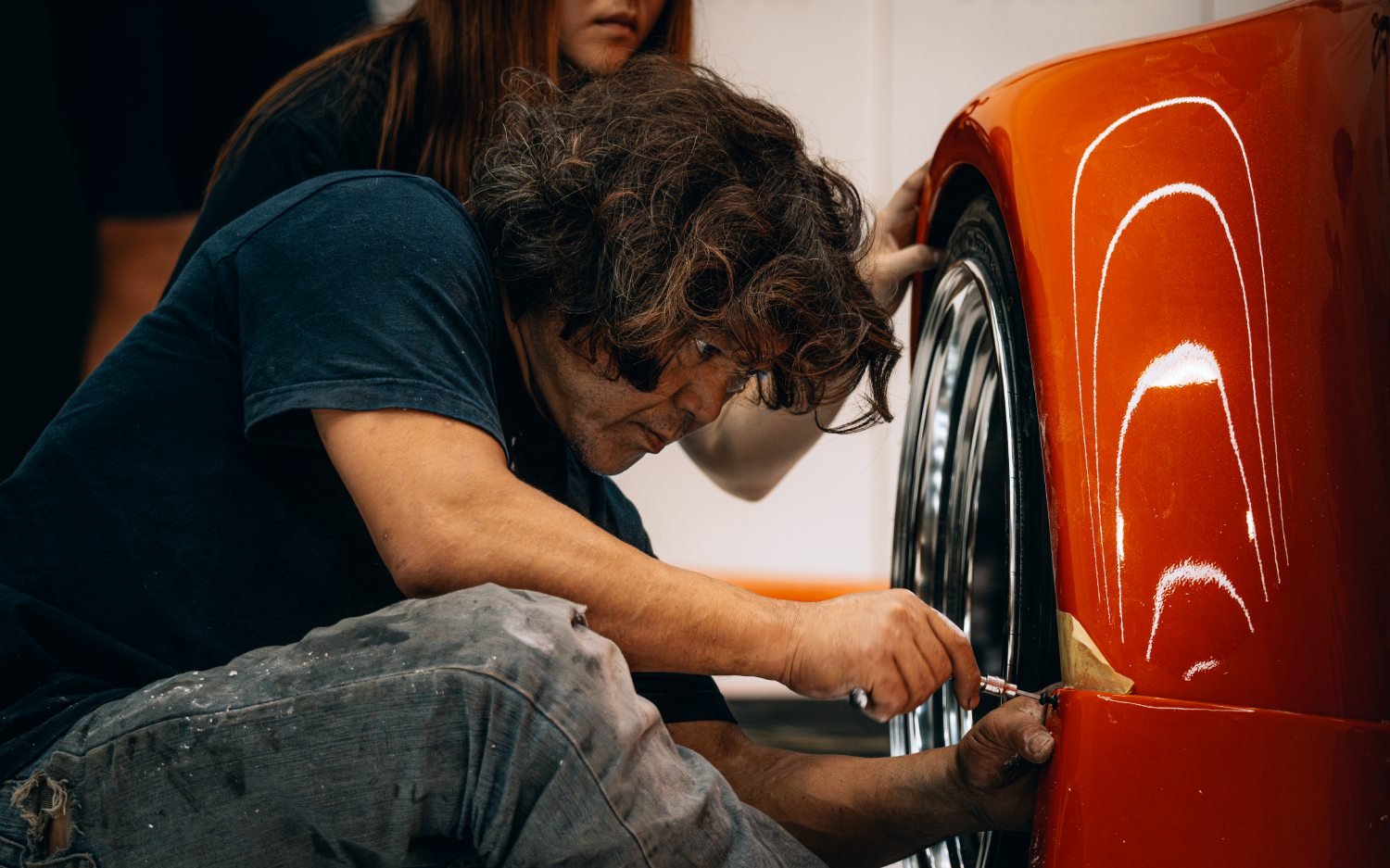
The Art of Disruption: Akira Nakai’s Radical Approach to Porsche Customization
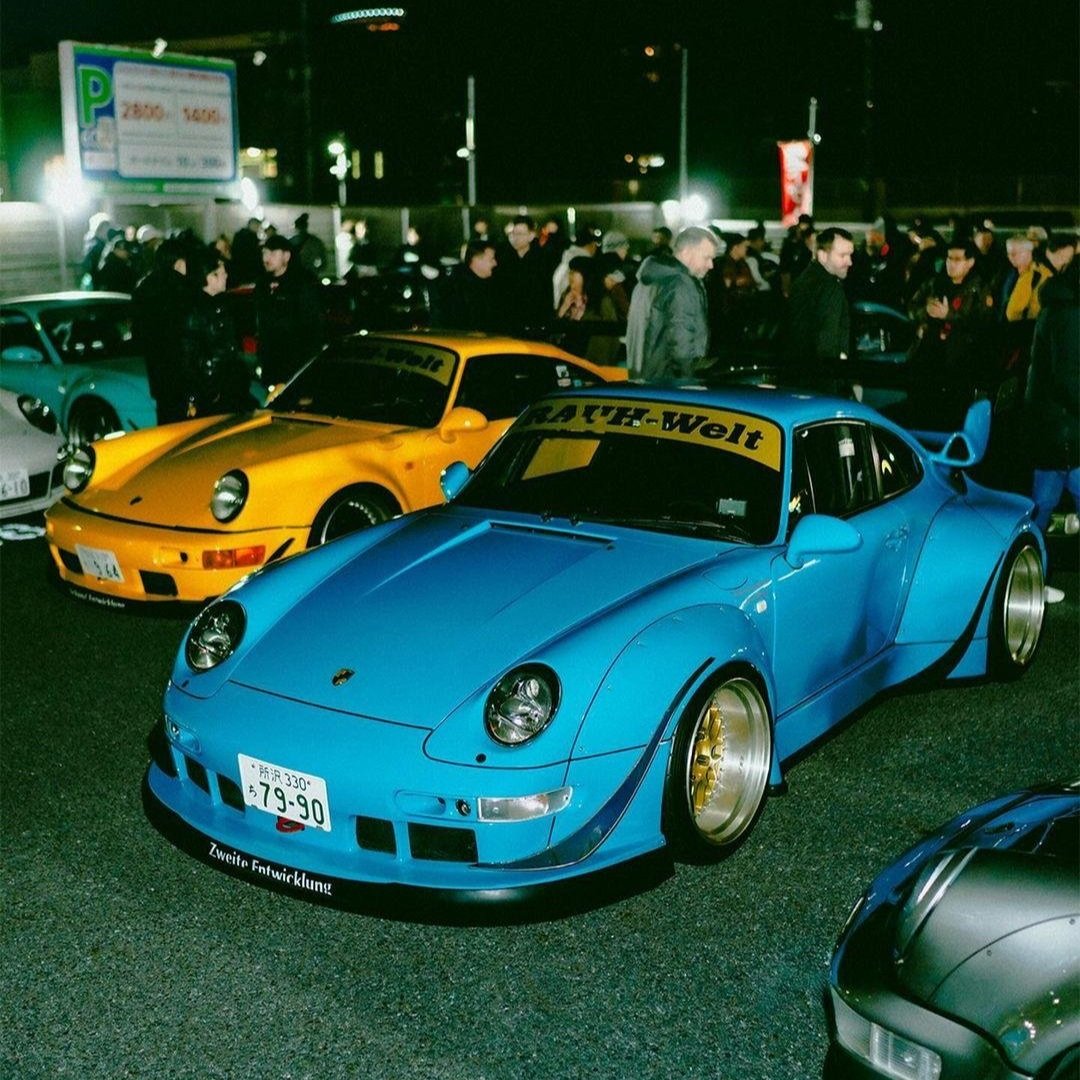
In a world obsessed with pristine, untouched perfection, Akira Nakai’s work stands as a refreshing rebellion. This self-taught artist from Chiba, Japan, has spent decades carving his own path, turning Porsche sports cars into rolling works of art that defy automotive conventions. Yet, calling what Nakai does “modification” feels inadequate. His approach is more akin to sculpture, where the car's form is shaped to reflect his vision, rather than factory standards.
Beyond the Machine: Nakai’s Philosophy in Steel and Rubber
For Nakai, the Porsche 911 is more than a luxury sports car—it’s a canvas. Each wide-bodied, low-slung creation that leaves his workshop, Rauh-Welt Begriff (RWB), is imbued with a distinct personality. Unlike mass-produced custom kits, Nakai’s work is personal. He does not rely on 3D models or factory precision to plan his builds. Instead, he works intuitively, feeling his way through each modification as though the car itself is guiding him.
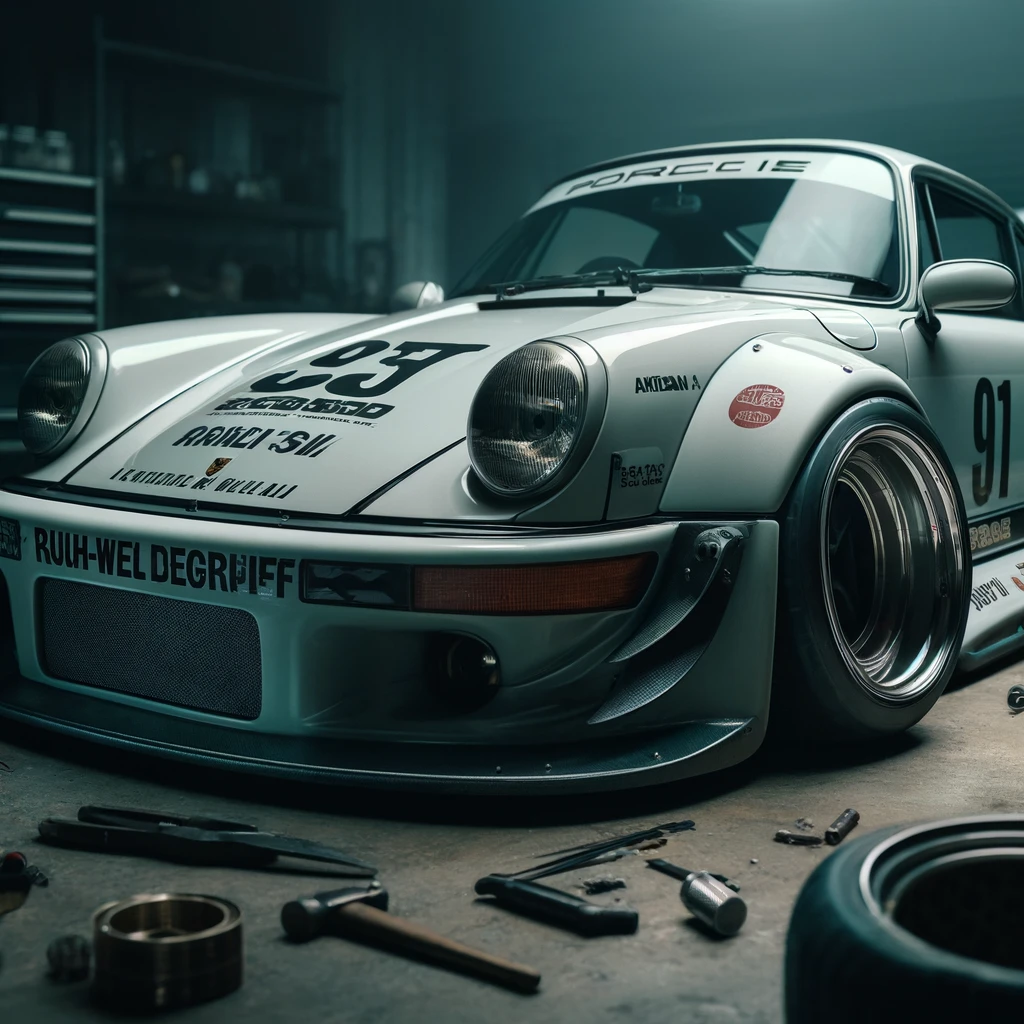
There is no team of engineers, no CAD designs, no robots. Nakai works alone, handcrafting each flared fender and lowering each ride height with meticulous precision. The result? A Porsche that is utterly unique, aggressively styled, and more a reflection of its owner’s spirit than of Stuttgart’s heritage.
RWB: Not Just a Workshop, But a Movement
Rauh-Welt Begriff (German for “Rough World Concept”) is no ordinary tuning house. What began as a one-man operation in Japan has evolved into a global community of enthusiasts who share Nakai’s love for wide-bodied Porsches and rebellious design. The name is fitting; Nakai’s approach disrupts the polished, refined image typically associated with Porsche. His creations are rough in the best possible sense—raw, visceral, and unapologetic.
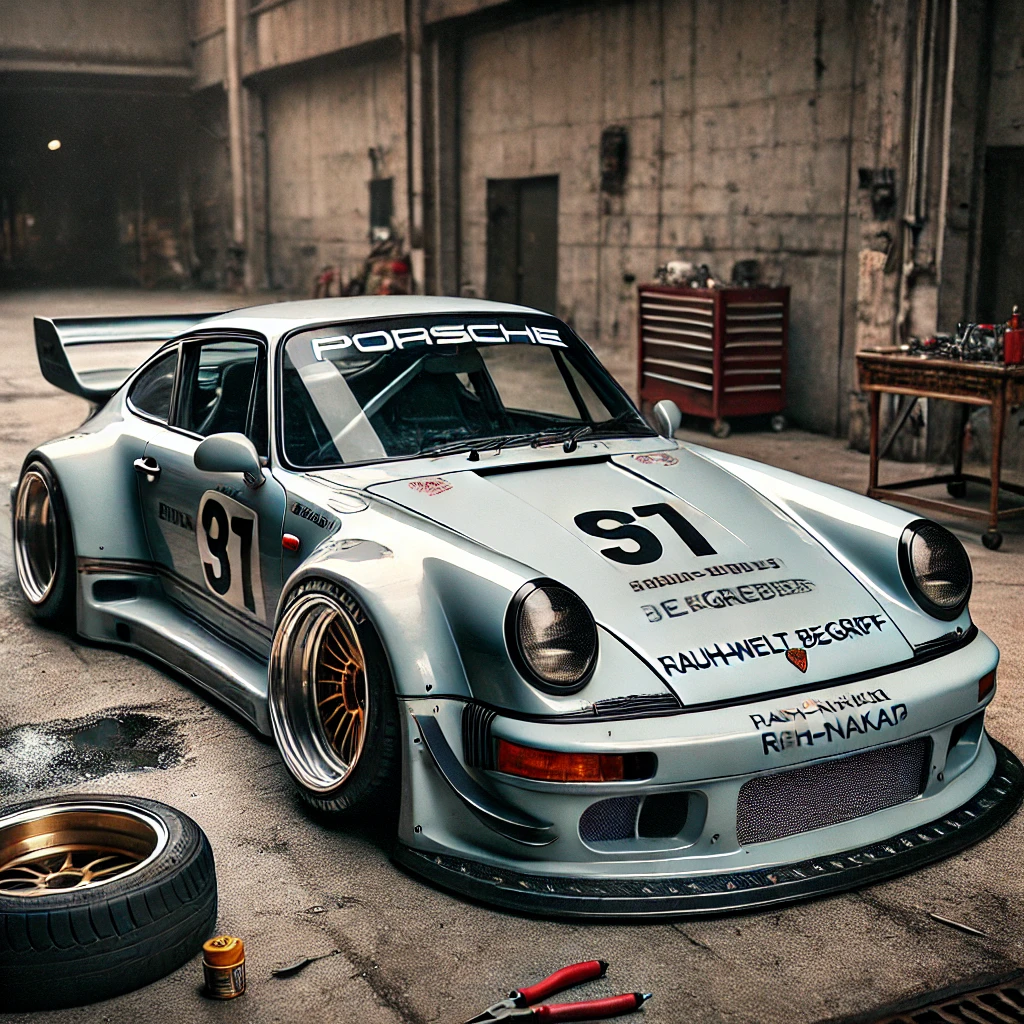
Every RWB Porsche is custom-built to the owner's specifications, yet the signature look remains. Oversized fenders, staggered wheels, and a lower-than-low stance combine to create an unmistakable silhouette. These cars are built not for showrooms, but for the street and track, where they draw crowds and spark conversations wherever they go.
The Ritual: Nakai-San’s Personal Touch
One of the most striking elements of Nakai’s process is the personal touch he brings to every car. He travels across the globe to personally work on each project, from the United States to Europe to Southeast Asia. The installation process is a ritual, with Nakai often working for days on end without rest. His tools? A set of hand wrenches, power drills, and a cigarette that rarely leaves his hand.
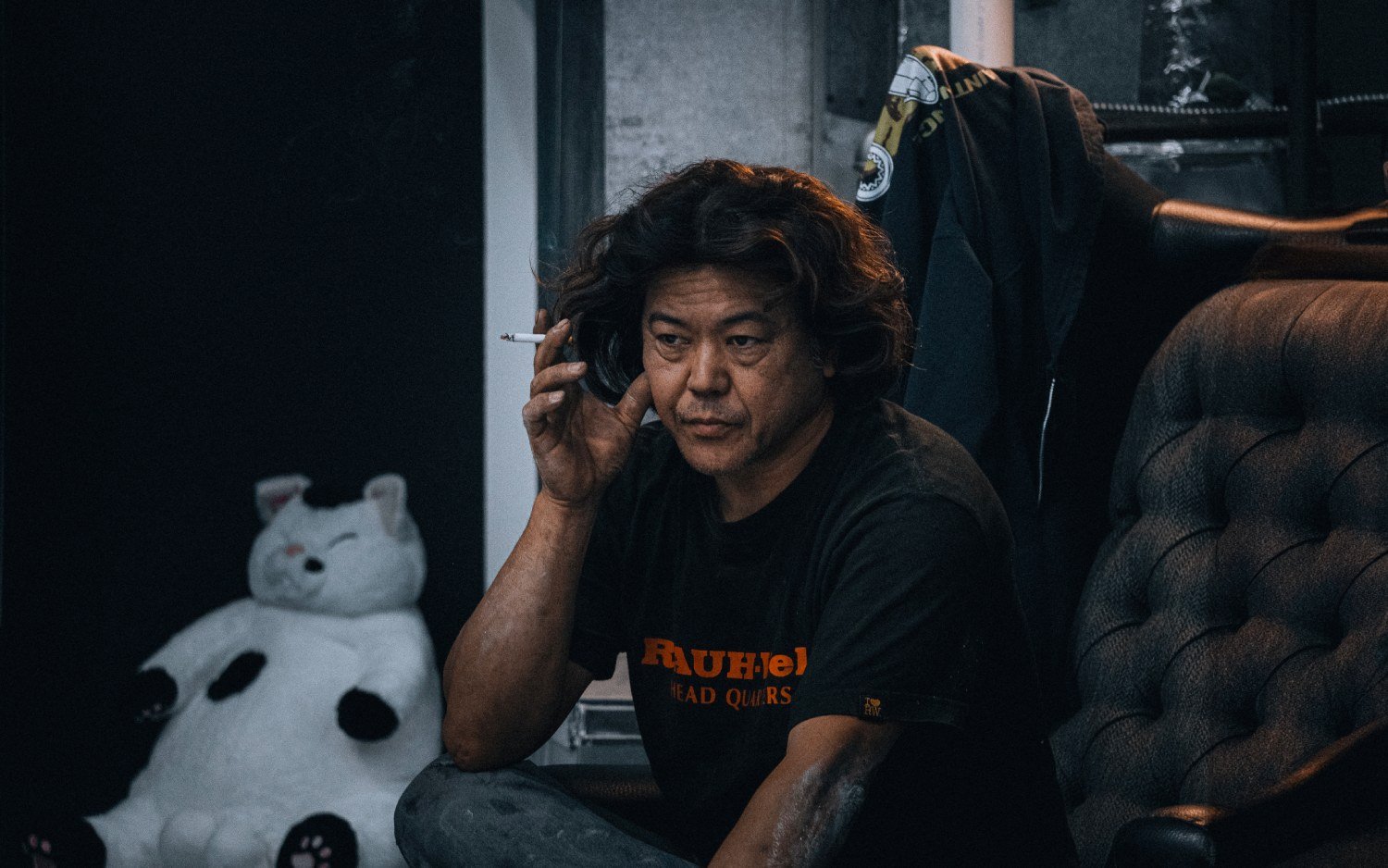
Customers watch as Nakai shapes their cars into one-of-a-kind creations. There’s no rush, no assembly-line pace, just Nakai and the car in a silent, symbiotic dialogue. This ritual has become almost legendary among Porsche enthusiasts. For many, having Nakai-san touch their car is as important as the modifications themselves.
Controversy and Reverence: A Divided Opinion
While Nakai’s creations are celebrated by many, they are not without controversy. Porsche purists often recoil at the sight of an RWB 911, claiming that Nakai’s wide-body kits desecrate the original, timeless design of the car. They argue that Porsche’s engineering is perfect as-is, and any modification, especially of this magnitude, is sacrilege.
But Nakai doesn’t seem to care about convention. For him, the goal isn’t to preserve a car’s legacy—it’s to push it beyond its boundaries. The community that follows him is less concerned with what purists think and more interested in self-expression through automotive art. In a sense, Nakai’s work is a conversation about what it means to truly own a car. Is it an untouchable icon, or is it a vessel for personal creativity?
Legacy in Motion
Nakai’s work represents a new kind of legacy for Porsche—a legacy that is less about preserving the past and more about evolving with the times. His wide-bodied creations remind us that the relationship between man and machine doesn’t have to be static. It can be as fluid and dynamic as art itself, with each car telling a story that goes far beyond its origin in the factory.
In the end, Akira Nakai isn’t just a car modifier—he’s a disruptor, a visionary who has redefined what it means to truly own and transform a Porsche. His legacy is rolling art in motion, a testament to the power of breaking the rules, one car at a time.
